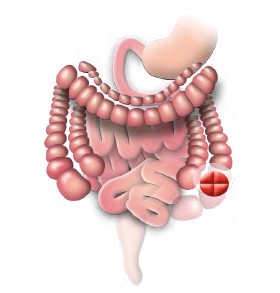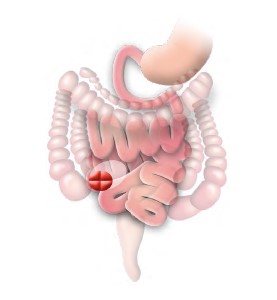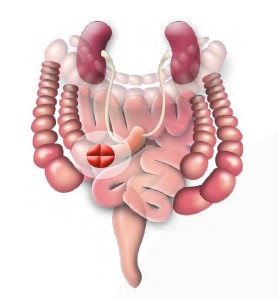Copyright © 2026. All rights reserved.
Website design and development by Mole Digital
Different Types of Stoma: Colostomy, Ileostomy, and Urostomy
Stoma surgery is a vital medical procedure that many people undergo for various health reasons. It involves creating an opening in the abdomen to divert bodily waste. The word “stoma” is used as an umbrella term, but it actually covers three main types of stoma — colostomy, ileostomy, and urostomy.Whether you’re an ostomate (someone with a stoma), are about to undergo surgery, or have friends or family who have a stoma, it’s important to gain a better understanding of the different types of stomas. In this overview of stomas, we explain when they’re used, how they work, and how they can impact someone’s life.
What is a stoma?
A stoma is an opening that’s created on the surface of the body through surgery. It allows waste to exit the body and be collected in a special bag that’s attached to the opening on the outside of the body, on the abdomen. Stomas are usually needed when a person’s usual ways of passing waste aren’t functioning properly, due to disease, injury, or other health conditions. Stomas may be required if they have Crohn’s, Colitis, incontinence, inflammatory bowel disease, cancer, or birth defects. They can be temporary or permanent.There are three main types of stomas, each serving a specific purpose: colostomy, ileostomy, and urostomy. For a colostomy or ileostomy, the stoma is attached to the intestine. For a urostomy, the stoma is attached to the urinary tract. The waste, either faecal or urinal, passes through the stoma opening and into a bag, which can be removed and cleaned when needed.






 Success!
Success!